Developing countries hit by extreme weather, rising seas and other climate change impacts have been asked to submit proposals for support from the Fund for Responding to Loss and Damage (FRLD) for the first time, three years after its birth at COP27 in Egypt.
Under the debut call for proposals launched at COP30 in Belém, the fund’s board said $250 million would be available for projects seeking to address a wide range of climate-related losses – from damaged infrastructure to the loss of cultural heritage, or community displacement.
Announcing the launch of the fund’s activities, FRLD Co-Chair Jean-Christophe Donnellier said the initial call for funding requests would help “test, learn and shape the fund’s long-term model”. Fellow Co-Chair Richard Sherman said it “sends an important signal to developing countries that support is available”.
Countries will be able to submit their proposals starting in mid-December for six months through to mid-June, with funding approvals beginning in July next year.
Evans Njewa, chair of the Least Developed Countries Group at the climate talks, hailed the call for proposals as “a practical step toward justice, long awaited by communities on the frontlines”, adding that the loss and damage fund “must now deliver fast, simple and accessible support”.
Demand set to outpace resources
Activists fear that could be difficult, however. They say the fund is badly short of resources and will not be able to meet the enormous needs of developing countries.
By 2030, they could require $200 billion-$400 billion a year to address loss and damage caused by storms, droughts, flooding, extreme heat and rising seas made worse by climate change, according to an Independent High-Level Expert Group on Climate Finance.
However, developed countries have only pledged $788 million, signed commitments for over $560 million, and actually transferred less than $400 million of that total.
Tax luxury air travel to fund adaptation and loss and damage
Climate activist Harjeet Singh, founding director of India’s Satat Sampada Climate Foundation, said that as climate impacts wreak havoc on countries including the Philippines and Jamaica – where Hurricane Melissa is estimated to have caused up to $7 billion in loss and damage – the FRLD “is starting with a fraction of the scale required”.
Singh said the operationalisation of the fund three years after it was agreed showed it had failed to function as a rapid response mechanism.
He called for the fund to correct its course to match “the scale of the crisis, not the scale of political convenience”.
“The countries and communities facing the worst consequences – those who had no role in causing this crisis – deserve more than an empty shell. This is not climate justice,” Singh said.
Acknowledging the need for more resources to meet the vast scale of need on the ground, Ibrahima Cheikh Diong, the FRLD’s executive director, said the fund will keep working “to mobilise additional resources to support our long-term ambitions”.
Rising call for L&D support in climate plans
Demands for the fund to expand support are reflected in the national climate plans (NDCs) submitted by developing countries to the UN climate body in the run-up to COP30.
South Africa, Vanuatu, Mauritius and Liberia are among those that have laid out demands for loss and damage support from the FRLD, emphasising that climate impacts in their countries have exceeded the limit to which they can adapt.
South Africa – which suffers prolonged droughts, destructive floods and heatwaves – said climate change is already causing “irreplaceable loss”, damaging cultural heritage sites and hurting Indigenous knowledge systems. It is also shrinking farmland, hitting economic growth and worsening health outcomes, including more heat-related illness and deaths, the country said in its NDC.


With support from the FRLD, South Africa plans to improve how the country records and understands the full impact of climate disasters, including collecting detailed information on who is affected, with particular consideration for women and marginalised groups, so that relief and rebuilding programmes can be more effectively targeted, its NDC said.
For Mauritius, climate-related disasters in 2024 caused losses equivalent to 0.07% of gross domestic product (GDP), and the country plans to seek support from the FRLD for recovery and disaster response systems in sectors including agriculture, fishing, housing and health.
The island country said it planned to use the resources to implement a Climate Compensation Fund mechanism to compensate for loss and damage in terms of personal belongings, loss of lives and inability to work due to climate-related disasters. It also plans to improve the country’s disaster response capacity by equipping emergency relief centres with food and other vital supplies.
The inclusion of loss and damage in countries’ NDCs “makes it clear that there is a cost, which must be covered”, said Mattias Söderberg, global climate lead at DanChurchAid, a Danish NGO.
“We can decide if we want to invest in [emissions] mitigation and adaptation, but when it comes to loss and damage, there is no option. When climate-related disasters happen, communities will have to respond,” he added.
The post Climate-hit nations hail loss and damage fund’s debut call for proposals appeared first on Climate Home News.
Climate-hit nations hail loss and damage fund’s debut call for proposals
Climate Change
Countries Want Debt Relief for Conservation. Is China Ready to Play a Role?
“Debt-for-nature” swaps are helping some lower-income countries increase conservation. The world’s largest nation-state creditor has the leverage for deals—if it chooses to use it.
Planet China: Thirteenth in a series about how Beijing’s trillion-dollar development plan is reshaping the globe—and the natural world.
Countries Want Debt Relief for Conservation. Is China Ready to Play a Role?
Climate Change
A Messy Trail of Toxic Oil and Gas Waste
Go behind the scenes with managing editor Jamie Smith Hopkins and reporter Kiley Bense as they discuss how Pennsylvania is failing to track toxic oil and gas waste, while the amount sitting in landfills grows every year.
Pennsylvania is ground zero for the fracking boom. It’s increased natural gas production there 37-fold since 2008. That production generates a lot of waste, but the state’s ability to track it has failed to keep up.
Climate Change
Nine of our best climate stories from 2025
At Climate Home News, we found this year a pretty depressing one to cover, shaped as it was by Donald Trump’s attacks on climate science and action at home and abroad – and rounded off by the UN declaring global warming will break through the key 1.5C limit the world set itself in 2015.
But it wasn’t all bad. Nobody had decided to follow the US out of the Paris Agreement by the time it turned 10 this month. Anti-climate candidates in Canada and Australia, backed by Trump, lost elections convincingly. And 2025 may also have been the year carbon dioxide emissions fell for the first time.
What’s more, our reporting this year saw results in the real world. After we revealed that Chilean doctors believe pollution from copper mines in the northern hub of Calama is causing autism, campaigners sued state-owned mining company Codelco. The case is ongoing.
One of the lawyers representing the campaigners said “when [Climate Home News] revealed our silent suffering and our fight, we felt we had finally been heard and had entered the national conversation thanks to international media coverage. That was the final push to file the lawsuit.”
If you want to fund more impactful reporting like this in 2026, please subscribe and unlock all of our content for just the price of a coffee per week. Or to keep up with our latest coverage, you can sign up for our free newsletter and follow us on LinkedIn, Instagram, BlueSky and Facebook.
Below are nine of our best stories this year and, if that’s not enough, here’s nine more from 2024.
1. Solar squeeze: US tariffs threaten panel production and jobs in Thailand
In the year of trade wars, Trump extended Biden-era tariffs on solar panels from China to neighbouring countries. Nicha Wachpanich spoke to some of those workers who subsequently lost their jobs making panels at Chinese-run factories in Thailand and found that the US levies and bad behaviour by bosses had combined to crush their dreams of a better life.

2. Business-as-usual: Donors pour climate adaptation finance into big infrastructure, neglecting local needs
Trump being Trump, and axing US climate finance, is no reason to let other wealthy donor nations off the hook. We examined the latest spreadsheets for annual adaptation aid and found Japan is counting support for massive infrastructure projects in its figures, despite them having only a dubious role in helping people adapt to climate change.
Our reporter Tanbirul Miraj Ripon visited one such project – the Matarbari port in Bangladesh. He found that the port handles coal and gas imports and has destroyed locals’ homes and livelihoods. Despite this, on paper it represents $363 million in Japanese climate adaptation finance, the biggest single climate resilience project being funded by a wealthy country in 2023.
3. Ethiopia’s bold EV ambitions hit bumps in rural areas
Other nations are trying hard to go green but finding it tricky. This year, Ethiopia hosted the Africa Climate Summit, was selected as the host of COP32 and opened the continent’s biggest hydropower dam.
It plans to use some of this clean power to charge electric vehicles, after banning imports of cars with internal combustion engines (even as the European Union is softening its own 2035 ban on ICEs). While that will reduce Ethiopia’s already tiny emissions and its fossil fuel import bills, it won’t be easy in a nation where only half the population has electricity access, as Solomon Yimer and Vivian Chime reported.
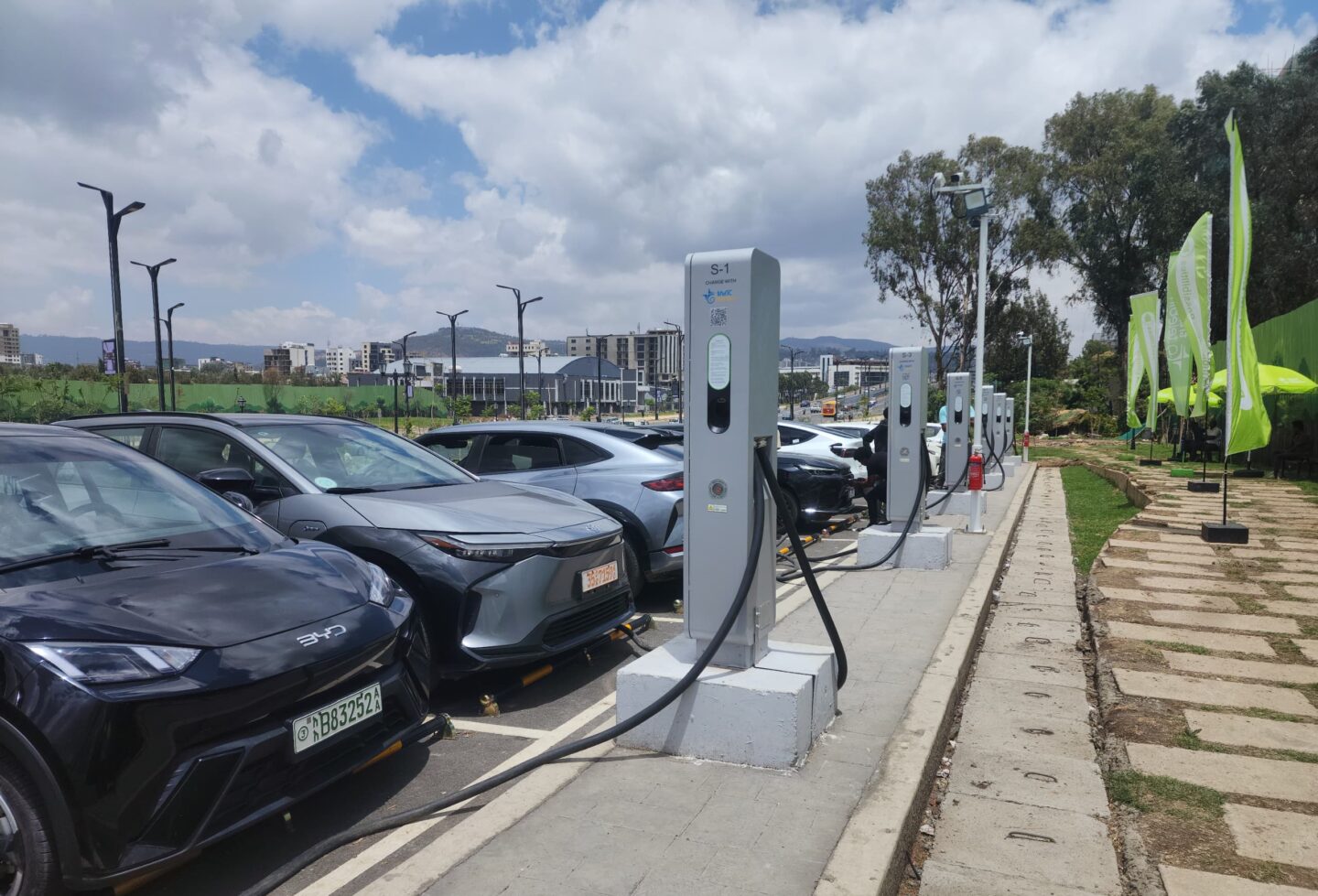
4. Ending poverty and gangs: How Zambia seeks to cash in on the global drive for EVs
Other African governments are trying to cash in on their minerals, which big players like China, the US and increasingly Saudi Arabia want for green technologies and/or making equipment for wars.
Pamela Kapekele went to look at the situation in Zambia’s Copperbelt province – where you can probably guess what they produce! She found that good tax regulations and working conditions will be needed if locals are to see the benefits of surging demand for the metal.
Later in the year, an acid spill from a copper-mine tailings dam that contaminated the country’s main river showed the value of environmental regulation too. Reporting from Nigeria’s lithium and South Africa’s platinum mines also highlighted the challenges of making minerals mining and processing cleaner and fairer for communities.
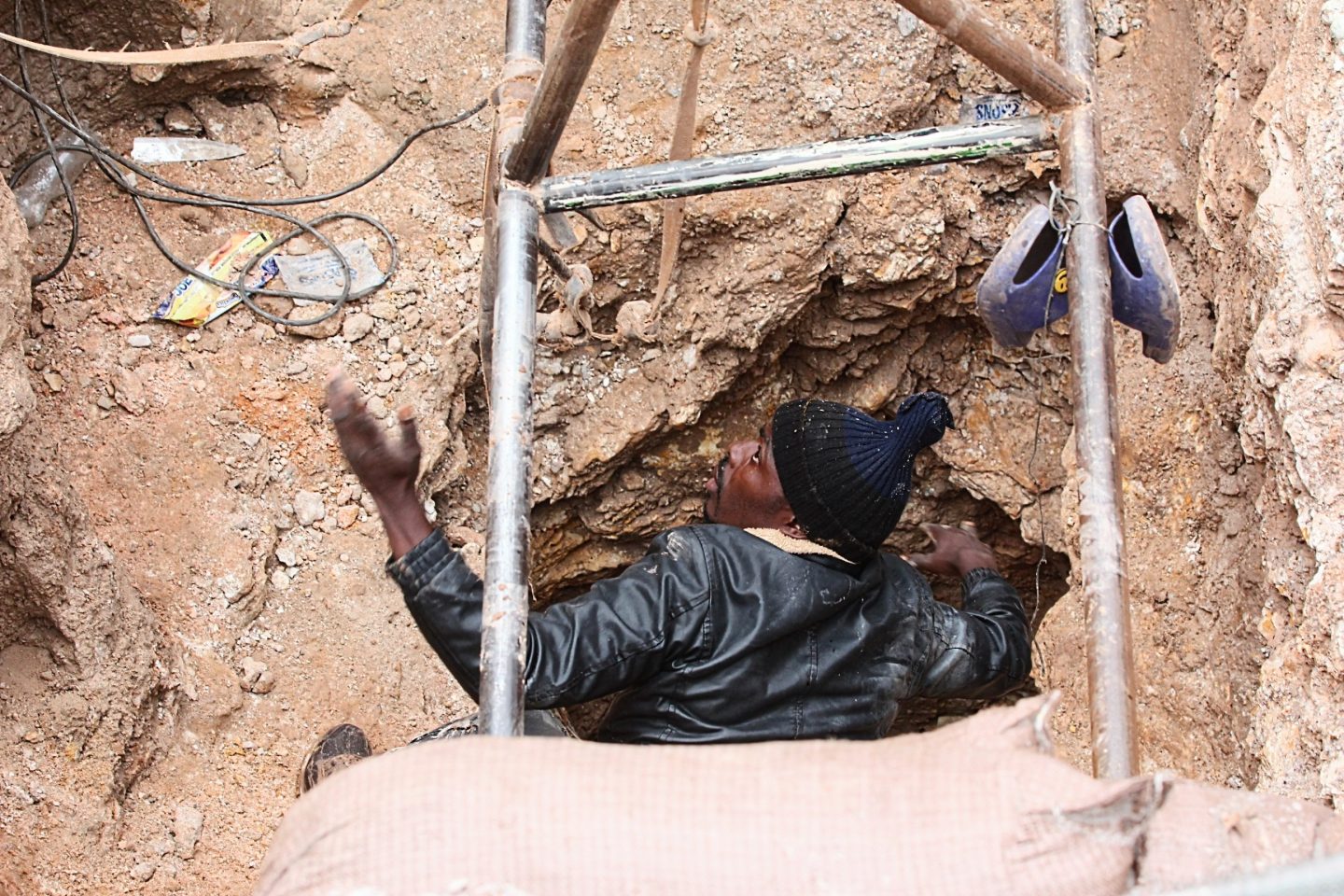
5. Is the world’s big idea for greener air travel a flight of fancy?
Some sectors – like international aviation and shipping – tend to fall outside the scope of national media, and it’s a gap we’ve aimed to fill. Together with Singapore’s Straits Times, we tracked the supply chain for what the airline industry calls “Sustainable Aviation Fuel” (SAF) and found that virgin and barely used palm oil – which threatens rainforests – is being passed off as waste cooking oil and used to power planes in Europe.
Malaysia is a particular hotspot for this fraud, as government subsidies there make virgin palm oil cheap in the shops – and it can be sold for a higher price as “used” cooking oil, providing a profit motive for flipping it. Our investigation was picked up by the Financial Times, Bloomberg and the Malaysian authorities, who have since launched a crackdown on this kind of fraud.
But with verification of the materials used for SAF relying on just a handful of commercial auditors conducting mainly paper-based checks, airlines currently cannot know for sure if their green jet fuel is actually sustainable. Their advertising to passengers should – but often doesn’t – reflect this uncertainty.
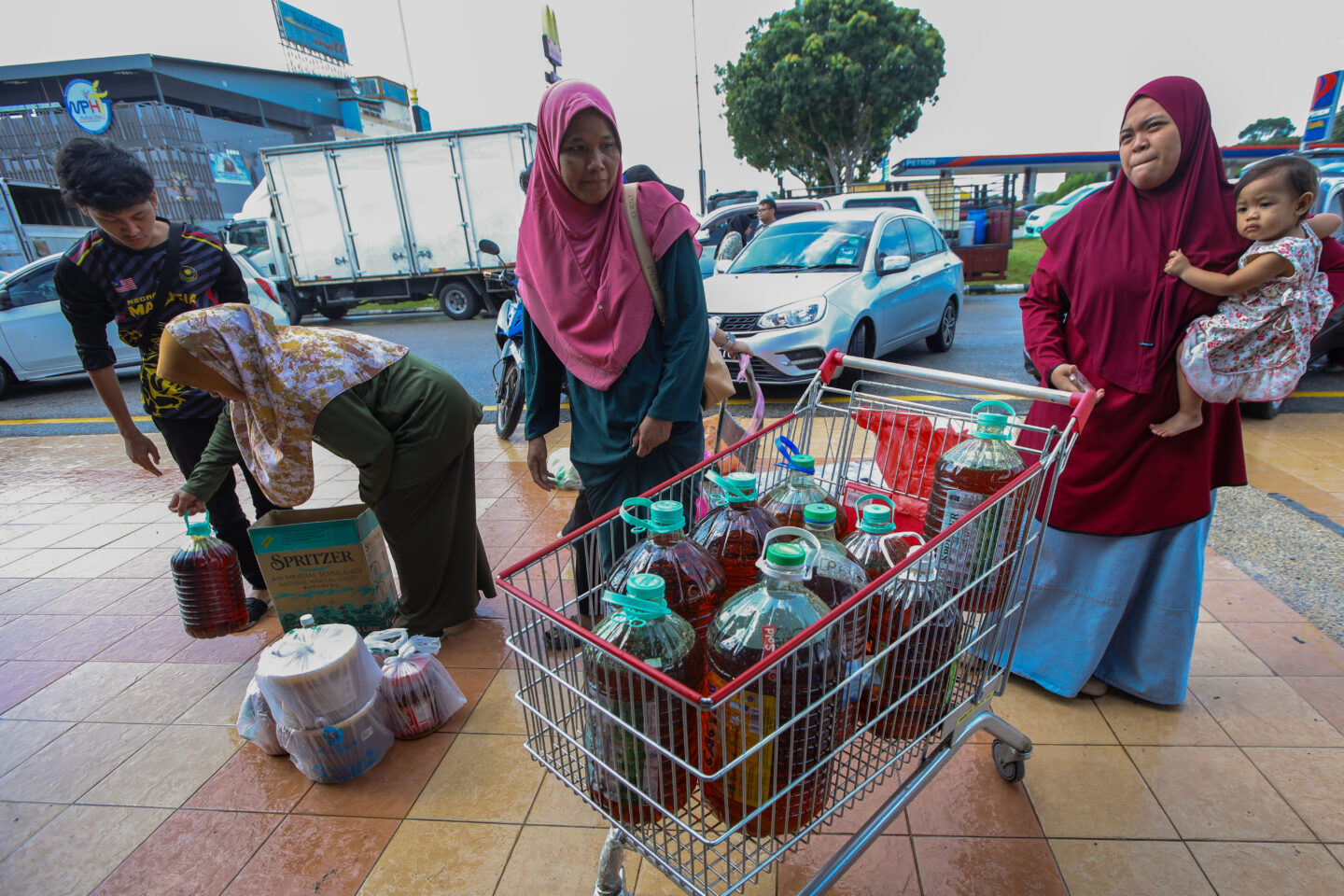
6. Brazil’s environment minister suggests roadmap to end fossil fuels at COP30
Our reporting was often prescient this year. We called it correctly that the US would leave the Paris Agreement but not the UNFCCC, that Argentina would not follow America out of Paris, that Ethiopia rather than Nigeria would be chosen as COP32 host and that petrostates would try to kill a new green shipping framework at the International Maritime Organization.
We are also pretty sure we were the first – at least in English – to pick up on Brazilian Environment Minister Marina Silva’s proposal for COP30 to agree on a roadmap away from fossil fuels, which she aired back in June at London Climate Week. That proposal was pushed by President Lula at the start of COP30, dominated much of the conversation at the summit and will continue to be discussed throughout 2026.
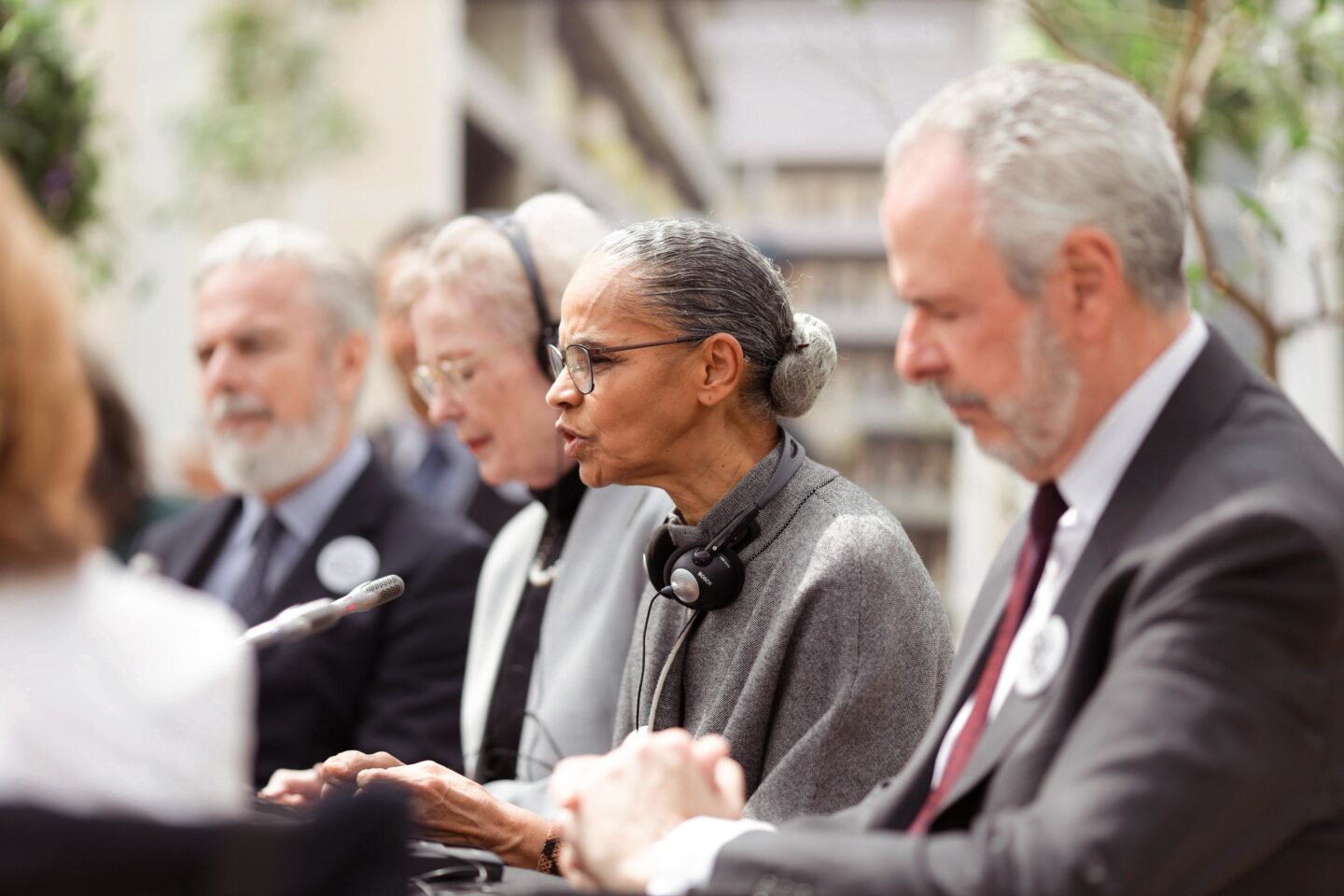
8. PR firm working for Shell wins COP30 media contract
In the summer of 2025, our crack investigative reporter Matteo Civillini got the scoop on how the Brazilian government, via a contract tendered by the UN, was working with Edelman on international media relations for the COP30 climate summit while the global PR giant was simultaneously engaged in promoting Shell’s fossil fuel interests in Brazil.
This story was picked up by a range of other media, and amplified calls for agencies whose clients include fossil fuel firms to be excluded from the climate negotiations. Advocacy group Clean Creatives was inspired by Matteo’s reporting to launch a campaign against Edelman’s COP involvement. That culminated in an open letter from influencers and creators with a combined audience of over 24 million calling for Edelman to be dropped. The drumbeat on this theme is likely to get louder in 2026.
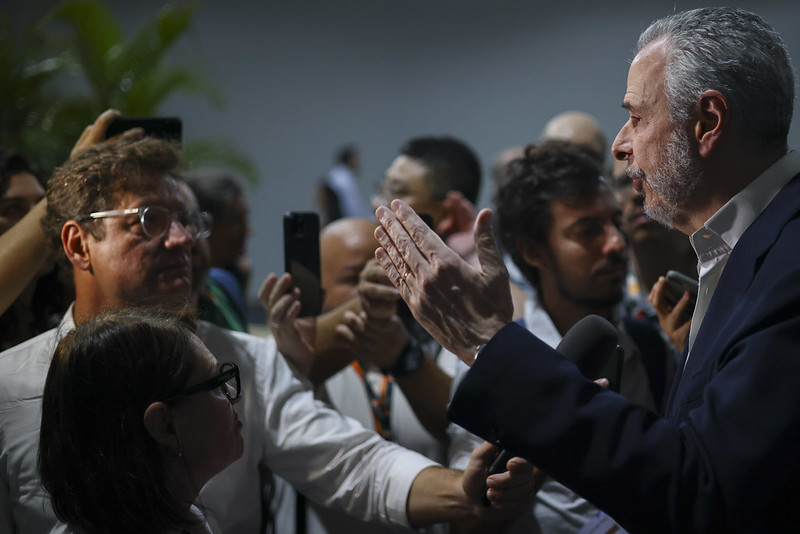
8. “House of cards”: Verra used junk carbon credits to fix Shell’s offsetting scandal
And talking of smoke and mirrors, just when we thought the murky web of carbon offsetting linking oil and gas major Shell to sham rice-farming projects in China couldn’t get any more convoluted, it did exactly that.
By combing through the records of carbon-credit registry Verra – the world’s biggest – Matteo confirmed that nearly a million bogus offsets from 10 disqualified methane reduction projects had been compensated for with the same number of junk credits from another four such projects that were also axed by Verra.
“It’s frankly unbelievable that Verra considers it appropriate to compensate for hot air credits with other hot air credits,” Jonathan Crook, policy lead at Carbon Market Watch, told us. “To pretend this is a satisfactory resolution is both absurd and deeply alarming.”
Verra insists the replacement credits were technically available to plug the gap left by the first batch – even though the second set, too, now need to be swapped out. Shell is keeping its distance, saying it does not manage or operate “the projects in question” despite being earlier involved in the Chinese rice-farming programmes as their “authorised representative”. Mind-boggling indeed!

9. Self-taught mechanics give second life to Jordan’s glut of spent EV batteries
In what was on balance a bad year, we brought you some hope too. A landmark advisory opinion on climate change and human rights from the International Court of Justice in The Hague was stronger than anyone imagined and may open the door to lawsuits against polluting countries and companies in 2026.
Other good news stories included analysts suggesting China’s fossil fuel use could peak this year, the UN’s loss and damage fund launching its first call for proposals, South Korea and Morocco moving to phase out coal and a boom in imports of solar panels to Africa.
Hope came too from ordinary people and their ingenuity – like the untrained Jordanians interviewed by Yamuna Matheswaran, hooking up solar panels to old Tesla batteries, lowering both their electricity bills and their carbon emissions into the bargain.

The post Nine of our best climate stories from 2025 appeared first on Climate Home News.
-
Climate Change4 months ago
Guest post: Why China is still building new coal – and when it might stop
-
Greenhouse Gases4 months ago
Guest post: Why China is still building new coal – and when it might stop
-
Climate Change2 years ago
Spanish-language misinformation on renewable energy spreads online, report shows
-

 Greenhouse Gases2 years ago
Greenhouse Gases2 years ago嘉宾来稿:满足中国增长的用电需求 光伏加储能“比新建煤电更实惠”
-
Climate Change Videos2 years ago
The toxic gas flares fuelling Nigeria’s climate change – BBC News
-

 Climate Change2 years ago
Climate Change2 years ago嘉宾来稿:满足中国增长的用电需求 光伏加储能“比新建煤电更实惠”
-

 Carbon Footprint2 years ago
Carbon Footprint2 years agoUS SEC’s Climate Disclosure Rules Spur Renewed Interest in Carbon Credits
-
Climate Change2 years ago
Why airlines are perfect targets for anti-greenwashing legal action



